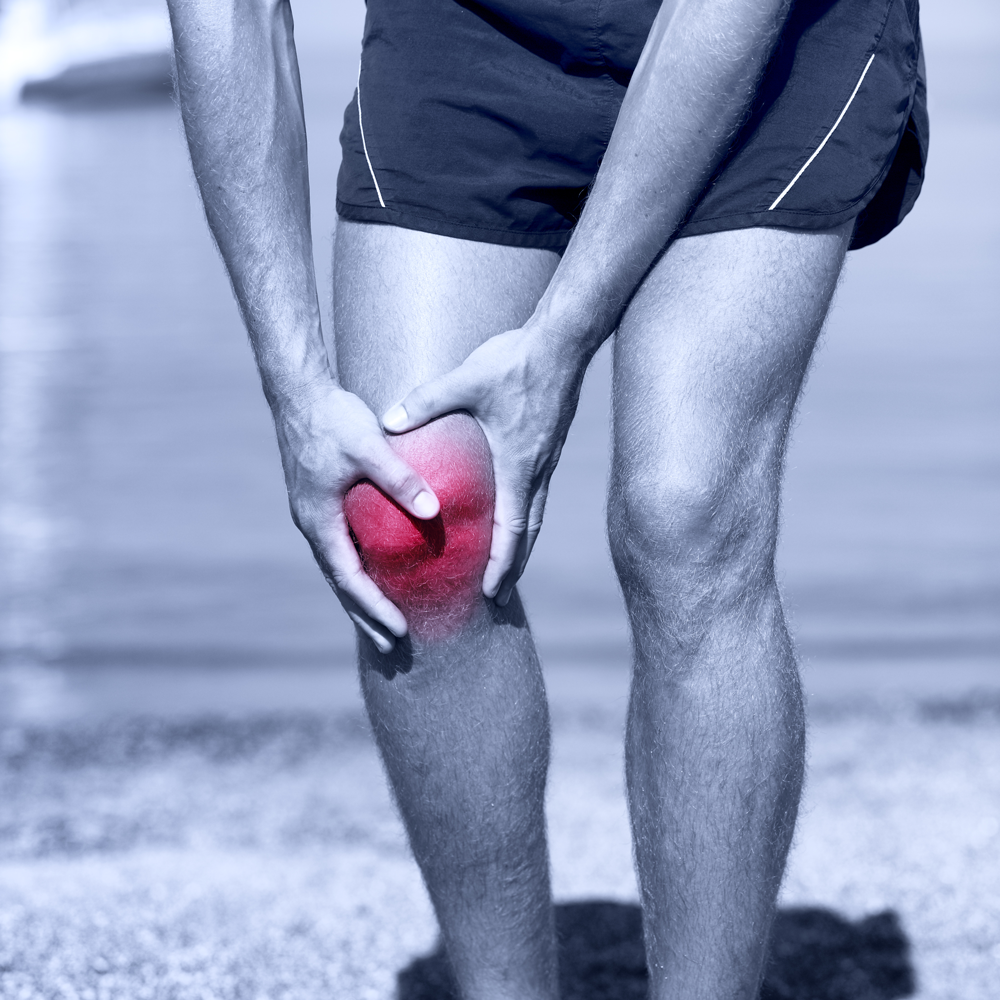
Are you getting pain when running?
By Dr April Patterson
26/08/2019
Do you have a good running technique?

Humans evolved barefoot in rough landscapes, moving through these landscapes requires constant attention to technique. Bone and joint shape, muscle attachments, and power curves all evolved to cope with these conditions.
So why do we get so many issues with running? Constructed man-made flat pavements and tracks have made for predictable gait patterning with little to no feedback necessary. Therefore, there is no immediate consequences or perceptions for poor technique.
Walking and running at a recreational level is not commonly seen as a skill to be mastered, and therefore there is little attention brought to developing a successful gait cycle.
So what is the best way to run? There are 3 stages of gait including initial contact, mid-swing and terminal swing. It is vital to have effective technique at each of these levels to prevent injury and maximise the efficiency.
One important factor to consider whilst analysing your gait is how you distribute your weight.
Initial contact should occur at the mid foot, to ensure that the leg isn’t over extended. An overextended knee will waste energy and predispose the you to knee and hip injuries.
Another important aspect relates to cadence (steps per minute). 180 contacts with the ground per minute has seen to be biomechanically efficient in order to maximise the ground reaction forces and prevent injury.
If you are a runner, at any level and have pain with running, or just want to increase your efficiency to improve your running speed or endurance see one of our physiotherapists.
 Instagram
Instagram Social | News
Social | News




